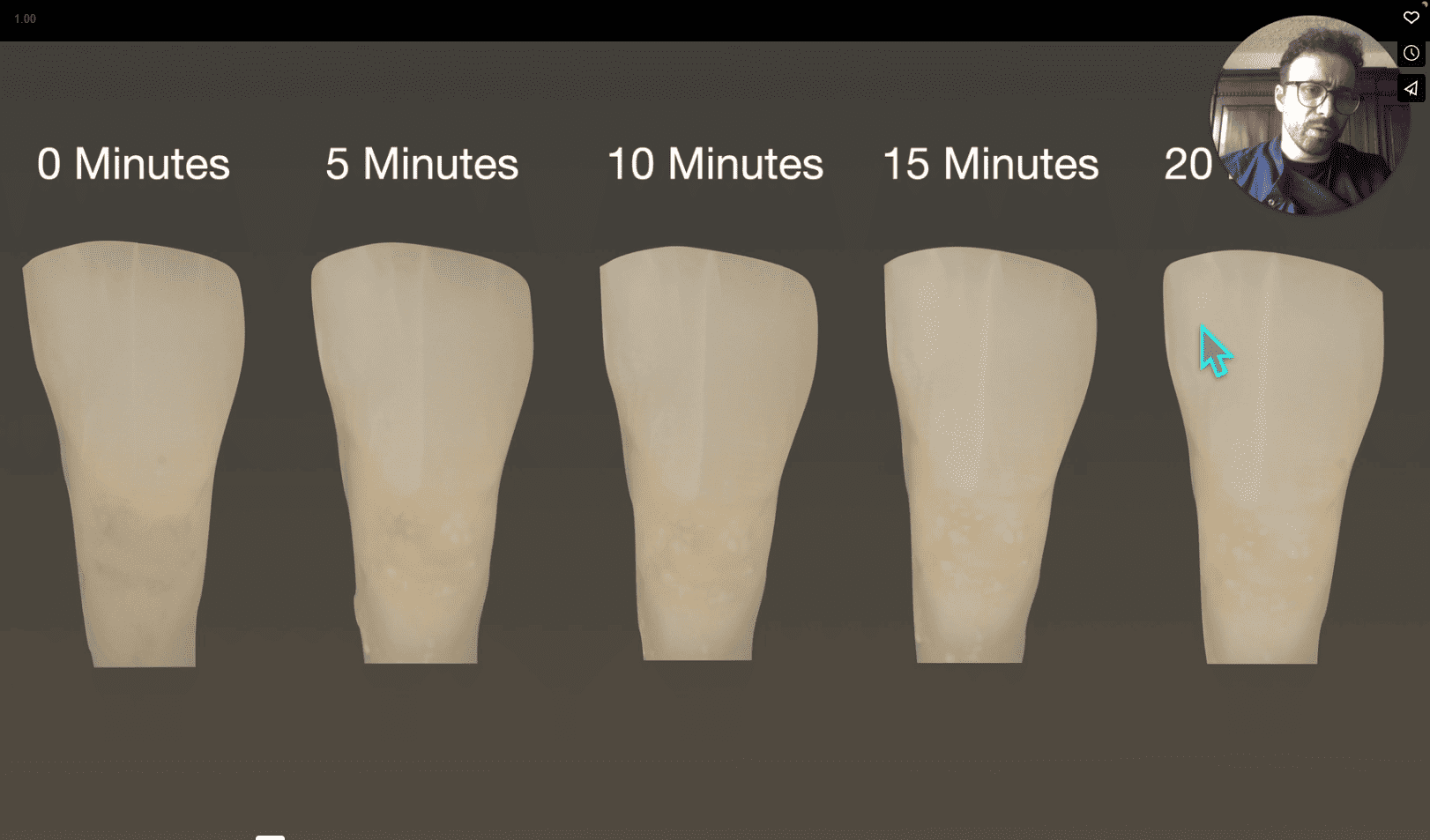
In the realm of dental aesthetics, precision is paramount. The subtlest of variations can mean the difference between a perfect match and a noticeable discrepancy in tooth shade. At Nexus Dental Laboratory, we understand the significance of capturing tooth images at precisely the right moment. In this blog post, we're going to delve into a crucial aspect of our work - the effect of time on tooth dehydration.
Imagine this scenario: A patient walks into the dental chair, ready for a cosmetic procedure. The dentist prepares to capture an image of the tooth, but before doing so, there's a brief delay – perhaps a conversation or some last-minute preparations. In that seemingly insignificant gap, something remarkable (or rather, unremarkable) occurs: tooth dehydration.
When a tooth is fully hydrated, it exhibits a particular luminosity, an ideal shade that is essential for matching restorative work seamlessly with the natural teeth. However, if that tooth is allowed to sit exposed to the air for just 20 minutes, something subtle but significant happens. It dehydrates slightly, and this dehydration alters its shade, making it appear whiter.
To understand this effect better, let's dive into the numbers. The fully hydrated tooth used on our research measures around 74 in value, akin to the B1 shade. However, after 20 minutes of exposure, that same tooth may measure 76 in value. While it might seem like a negligible difference, it holds considerable weight in the world of dental aesthetics.
These two points matter here: When a dentist captures an image of a slightly dehydrated tooth, it appears whiter than it truly is. Subsequently, the dental technician interprets this as a shade lighter than B1, potentially creating a crown or veneer in an incorrect shade, possibly even on a bleached tooth.
The consequences become evident when the restoration is placed in the patient's mouth and doesn't harmonise with the neighbouring teeth. This mismatch can be visually jarring, defeating the purpose of aesthetic dentistry.
So, what's the key takeaway from this insight? Simply put, it underscores the importance of capturing tooth images when the patient walks into the dental chair. Even if there's a short delay after treatment, the tooth won't fully rehydrate, and there will be a noticeable difference in shade.
Timeliness is an urgent call to action for all dental professionals. The precision required in aesthetic dentistry begins with timing, ensuring the captured image faithfully represents the patient's natural tooth shade.
We're passionate about perfection here at Nexus Dental Laboratory. We believe in setting the gold standard in dental aesthetics, and that starts with a meticulous approach to even the most seemingly minor details, such as the impact of time on tooth dehydration.
Stay tuned for more insights into the world of dental precision and innovation. Your journey towards exceptional dental care begins here.